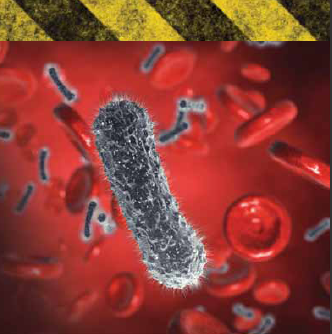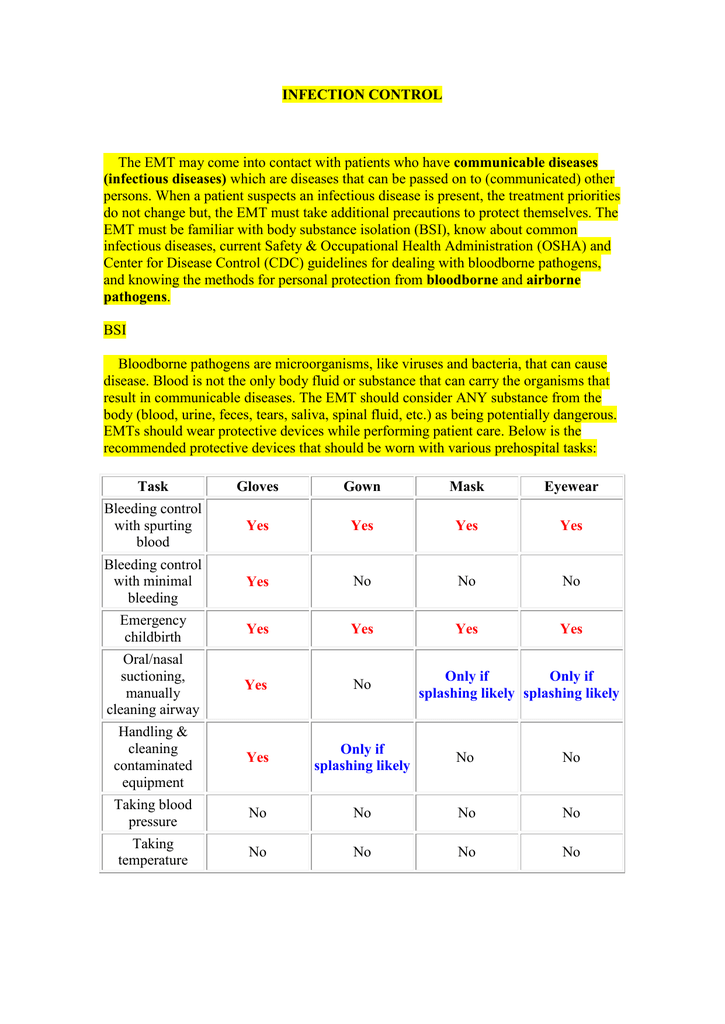

Sharing of toothbrushes and drinks should be discouraged. Saliva will also have the ability to carry pathogens. Even vaginal secretions will be able to contain pathogens. For example, semen may contain pathogens. Even the other bodily fluids will have the ability to have pathogens.

Hands should be cleaned thoroughly after handling blood, and surfaces should be disinfected. No, it is not only blood that will have the ability to carry pathogens. Avoid any contact with blood to breaks in the skin or to mucous membranes (mouth, nose, or eyes). Some important infections can spread by body-fluid transmission in at least some cases, including: CMV Epstein–Barr virus (mononucleosis) HBV Hepatitis C virus HIV Malaria Meningitis How can body-fluid transmission be prevented?īlood should be cleaned up by adults and not children, using disposable towels that are then placed in a plastic bag. HBV and HIV would be extremely difficult to pass in saliva or urine (because the amount of virus there is so small), but CMV is known to spread both ways, especially in the daycare setting. All of them can be transmitted by blood-blood from an infected individual entering the bloodstream of another. We know that hepatitis B virus (HBV), human immunodeficiency virus (HIV), and cytomegalovirus (CMV) can live in children’s blood, urine, and/or saliva. Work Practice Controls means controls that reduce the likelihood of exposure by altering the manner in which a task is performed (e.g., prohibiting recapping of. Blood, urine, and saliva should be treated with caution. According to the concept of Universal Precautions, all human blood and certain human body fluids are treated as if known to be infectious for HIV, HBV, and other bloodborne pathogens. Teach your children about how to handle others’ blood (“Don’t!”). Becoming “blood brothers” by touching blood to blood, cut to cut might seem an innocent childhood rite.


 0 kommentar(er)
0 kommentar(er)
